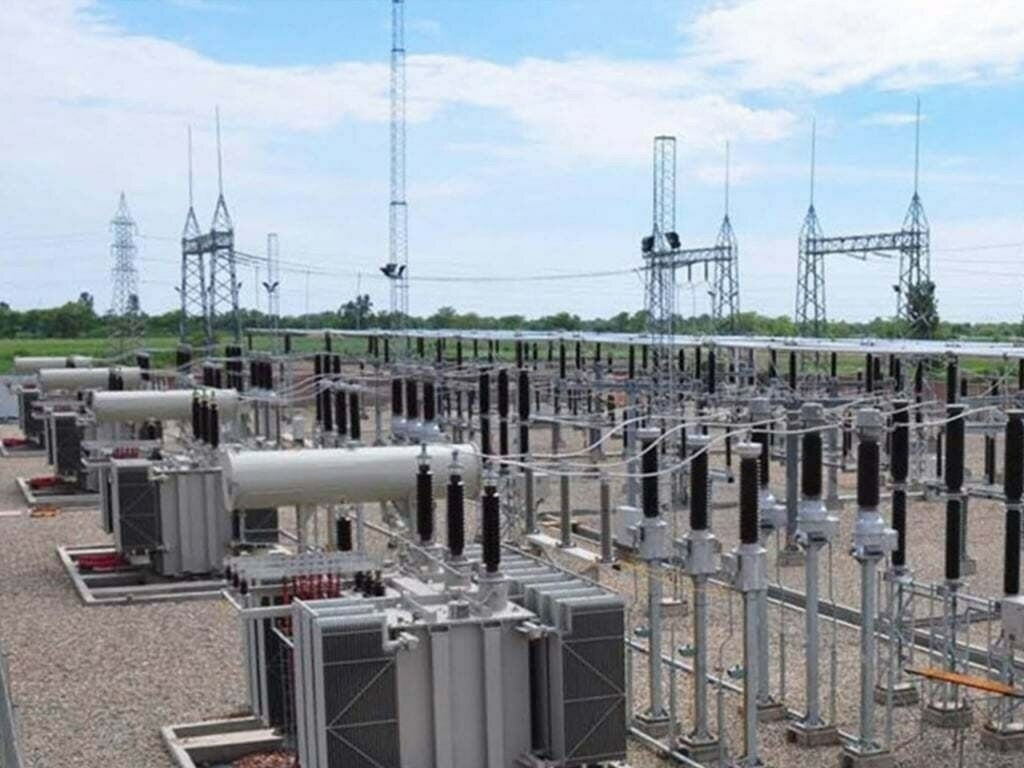Visa is leveraging artificial intelligence (AI) and machine learning to enhance its fraud detection and prevention capabilities, as outlined by James Mirfin, Visa’s global head of risk and identity solutions.
Over the past year, Visa successfully prevented $40 billion in fraudulent transactions, a significant increase from the previous year’s figures. This advanced approach reflects Visa’s commitment to combating fraud in an increasingly digital and sophisticated threat landscape.
Fraudsters are employing AI to generate and test primary account numbers (PANs) used in online transactions, a tactic known as an enumeration attack.

Visa Enhances Fraud Detection with AI and Machine Learning, Preventing $40 Billion in Fraud
This method involves using AI bots to repeatedly test various combinations of PANs, card verification values (CVVs), and expiration dates until a valid transaction is approved. This form of fraud leads to substantial annual losses, estimated at $1.1 billion, making it a major concern for Visa and the financial industry at large.
Visa’s AI-driven systems scrutinize over 500 attributes per transaction, providing a real-time risk score for each. This technology processes approximately 300 billion transactions annually, allowing Visa to effectively detect and prevent fraud, particularly in transactions where the physical card is not present.
The AI models can adapt to new fraud patterns, scoring suspicious transactions as high risk and enabling Visa’s clients to take appropriate action.
In addition to traditional fraud tactics, cybercriminals are increasingly using generative AI technologies such as voice cloning and deepfakes. These tools are making scams more convincing and accessible.
For instance, scammers can use generative AI to create realistic phishing messages or deepfake videos, tricking individuals into financial loss or compromising sensitive information. These emerging technologies are making it easier for fraudsters to execute sophisticated schemes at a lower cost.
The growing threat from AI-enhanced scams is alarming, with estimates suggesting that generative AI could escalate U.S. fraud losses to $40 billion by 2027, up from $12.3 billion in 2023. Cases have already emerged where deepfakes were used to deceive employees into transferring substantial sums of money.
The proliferation of such technologies is anticipated to drive more sophisticated and frequent fraud attempts, prompting ongoing investment and innovation in fraud prevention measures by organizations like Visa.























